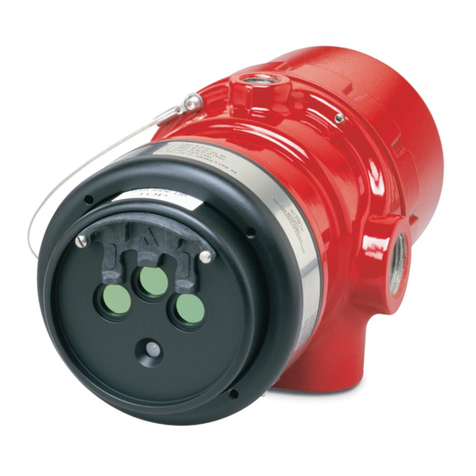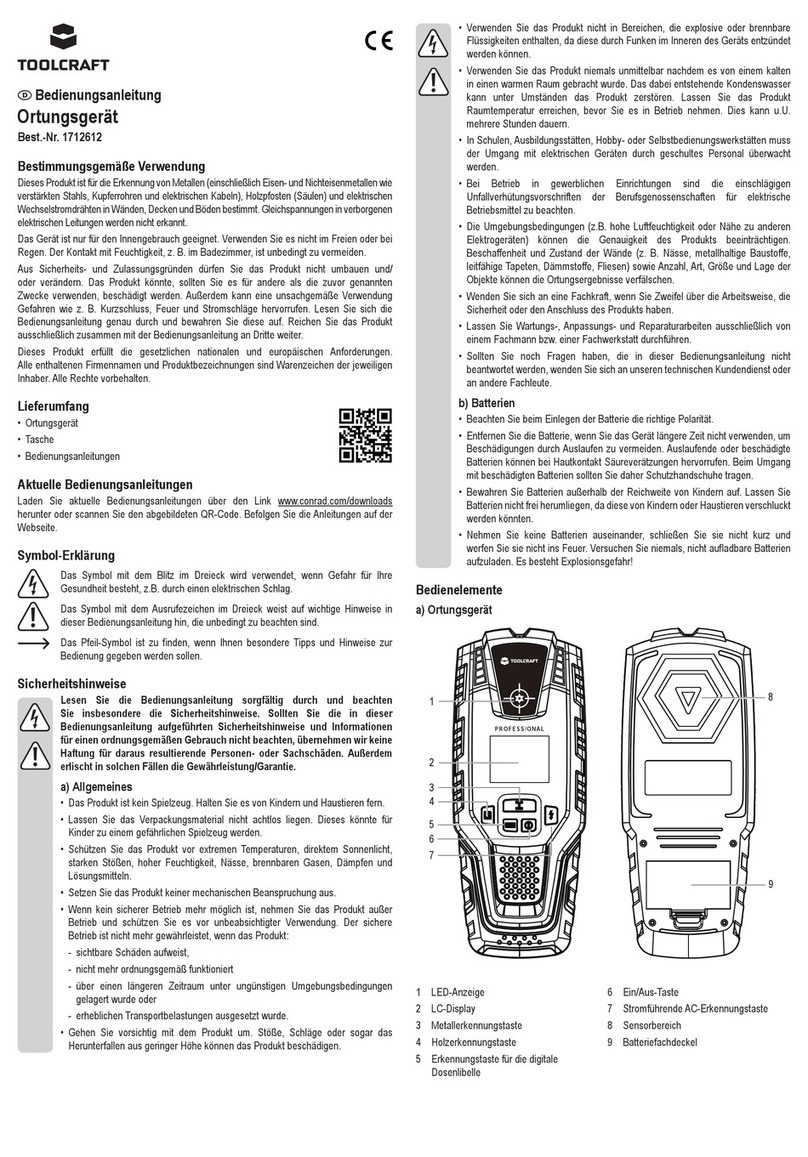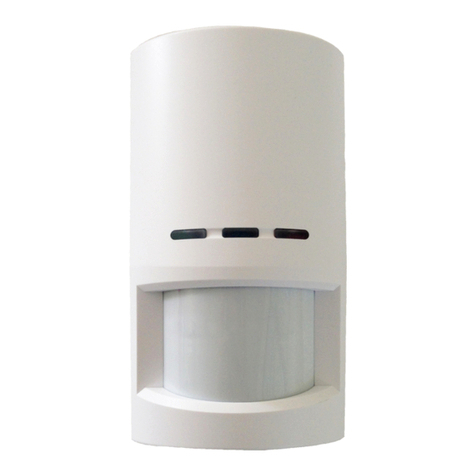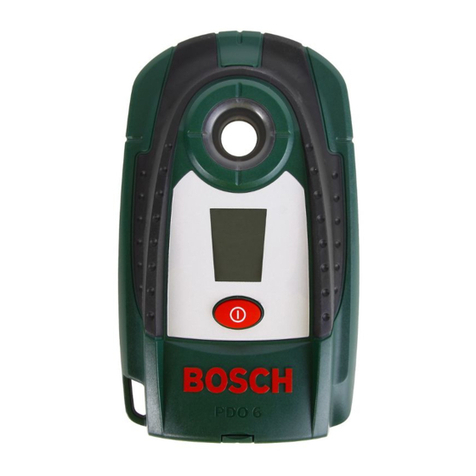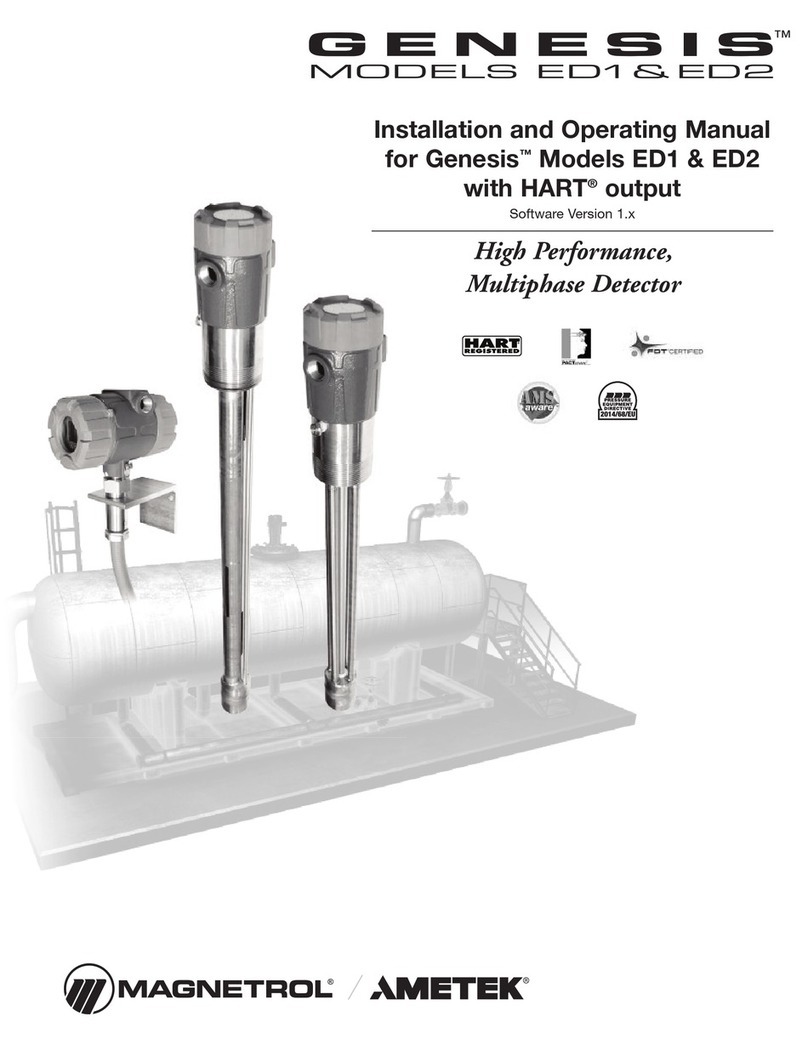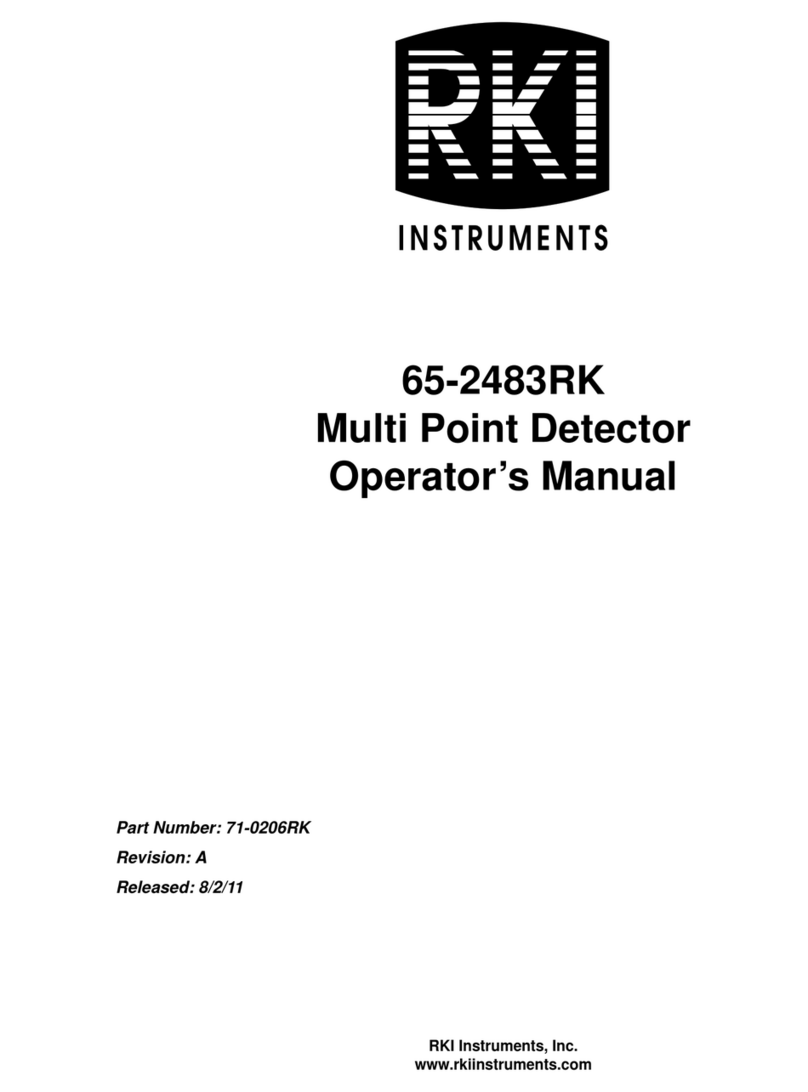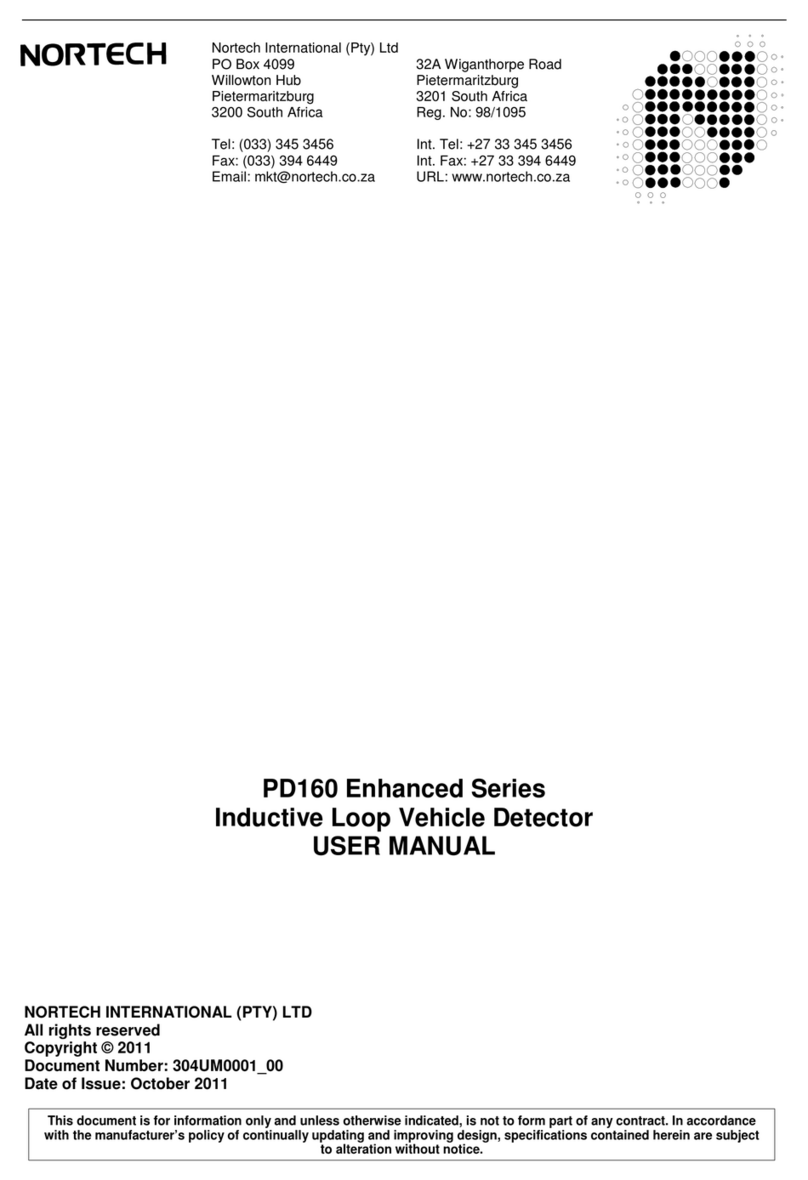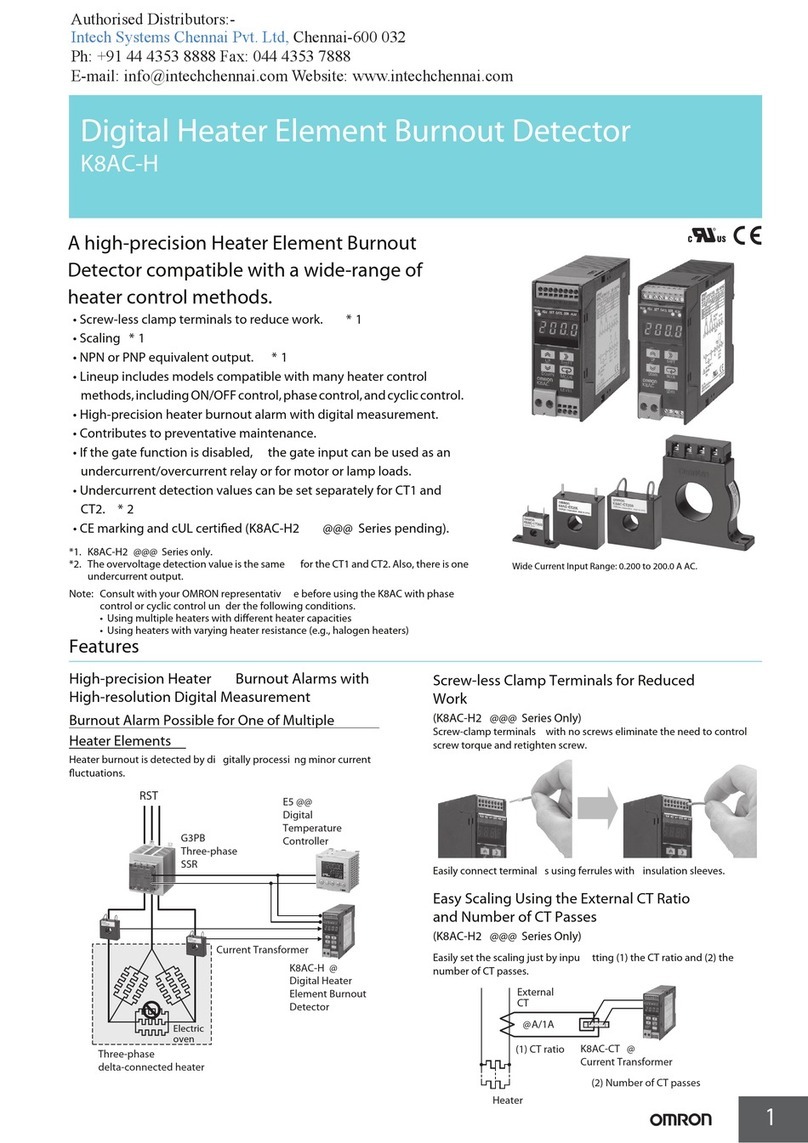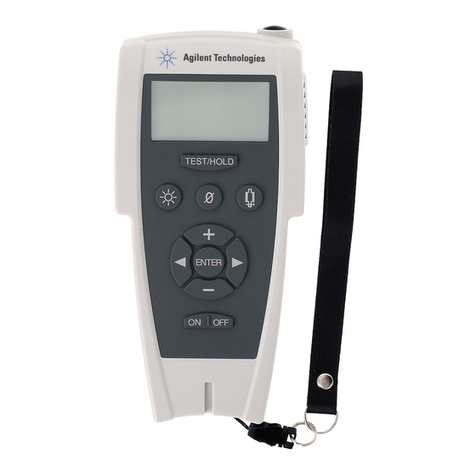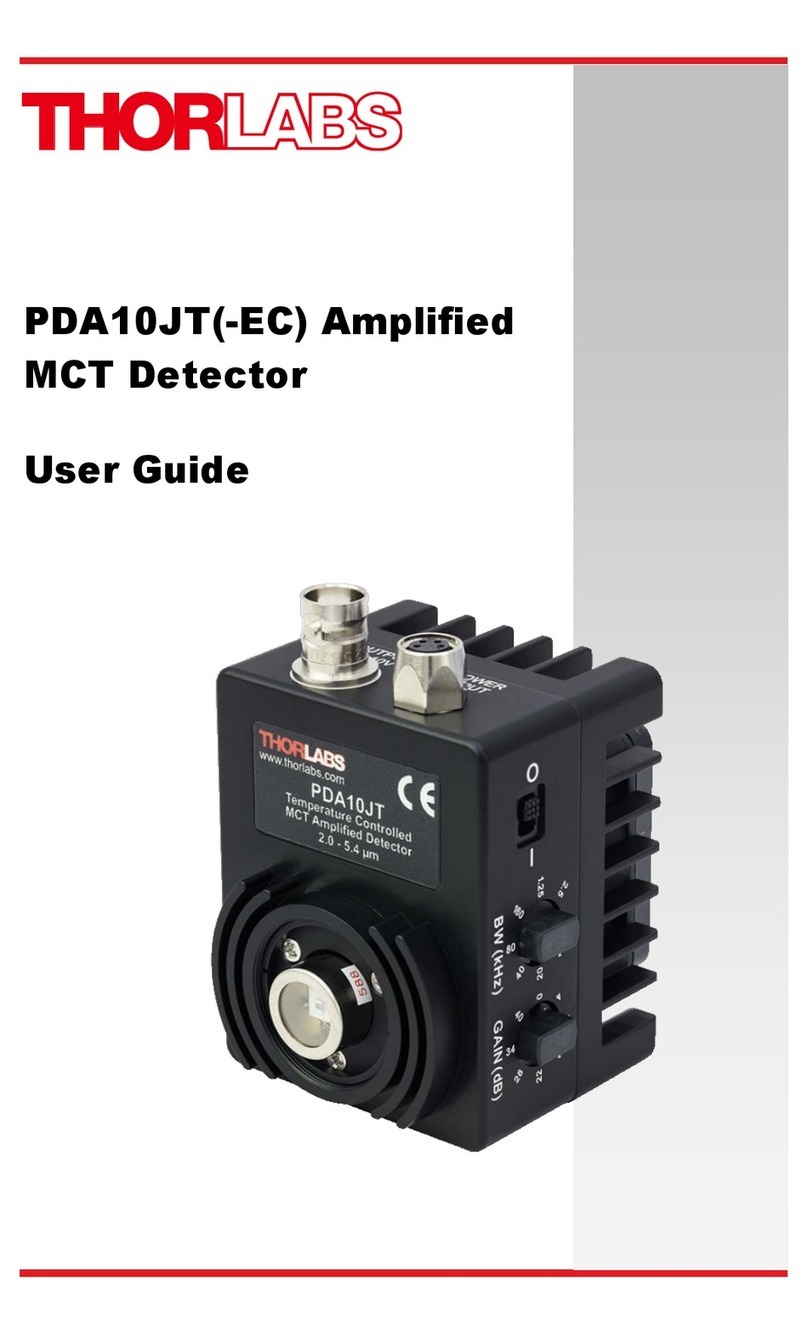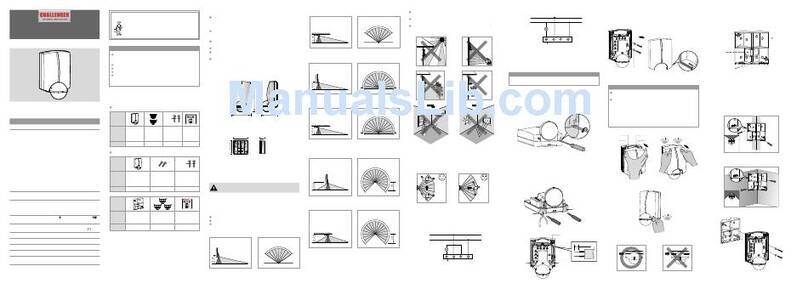Introduction
The LGWP range of wireless Passive Infra Red Detectors (PIR) have been designed to
meet the newest and most demanding requirements of the CCTV market. These de-
tectors provide the versatility of wireless whilst meeting and surpassing the require-
ments needed for a BS8418 system.
Inside the PIR is a powerful microprocessor which uses a combination of fuzzy logic
and look up tables to determine the validity of an activation. With this technology nui-
sance alarms are greatly reduced.
The PIR also contains a shock sensor and light sensor to enhance it’s anti-tamper fea-
tures which now include physical attack and anti-cloaking. A thermal sensor adjusts
the parameters of the PIR in extremes of heat and cold to maintain optimum perform-
ance.
Currently four popular lens patterns are available to cover most situations. (See page
5).
A further two special lenses are planned for the near future.
The PIR continuously poles in to verify that it is operational. Every time it transmits it
also sends other information such as battery condition as well as pulse count settings
and software revision number.
LGWP-15/40/VC/HC Wireless PIR Detector Installation Handbook Page 4
How the system works
At the heart of the system there is a Masthead which receives the data
transmitted by the PIR detectors. See Fig 1.
Each time a PIR (1) detects movement it transmits data to a masthead (2). This mast-
head then does two things. Firstly it re-transmits the data and
attaches a text string to it which can be received by either a Pager (LGP434) or Walk
Test Instrument (LGWT434). (3). These devices will display the ID
number and name of the PIR such as “Main Gate” etc.
The walk test unit shows additional information such as the PIR’s battery status, pulse
count setting and software version as well as the signal strength at the masthead.
The second thing that the masthead does is to pass data via an RS232 link to an alarm
system such as the LGMRU4x4 (4) Luminite relay unit configurable as 4 alarm & 4 tam-
per relay outputs or 8 alarm outputs without tampers. Alternatively the LGRU16 (5)
relay control unit with up to 64 alarm relay outputs and a further 64 tamper relay outputs
may be connected in the same way. This control unit keeps a log of events and pro-
vides text for video insertion.
Alternatively, the masthead may be connected directly to some popular DVR/
transmission systems (6) thus illuminating complex and costly wiring.
LGWP-15/40/VC/HC Wireless PIR Detector Installation Handbook Page 17
Masthead LGIP-MT434
This transceiver is similar to the standard LGMT434 but with the addition of IP
connectivity.
IP connectivity enables local plug and play connectivity with selected Alarms, DVR's and
NVR's as well as a host of remote monitoring software solutions. The IMMIX platform is
one of the first to be integrated using the robust SMTP protocol. In addition to this an-
other connection can be opened to provide client TCP/IP connection to the alarm system
or DVR/NVR using a selectable protocol depending on the make or manufacture of the
product. Panasonic is one of the latest integrations which provides direct communication
with up to three PTZ cameras per PIR.
The IP Masthead is future proofed by way of a 'Boot Loader' front end that allows remote
upgrades of firmware as new releases become available.
IP Configurator is a free download from our
web site and enables the Masthead to be
remotely configured for the appropriate
alarm interface as well as installing Mast-
head firmware updates.
A new feature enables up to three email
addresses to be configured that will
receive alerts such as 'low battery',
'missing call', 'tamper's & alarms'.
IP integrations include:
Bi3
Dahua
Eyelynx
Heitel
Hikvision
IMMIX
Mobotics
Panasonic
Videcon

